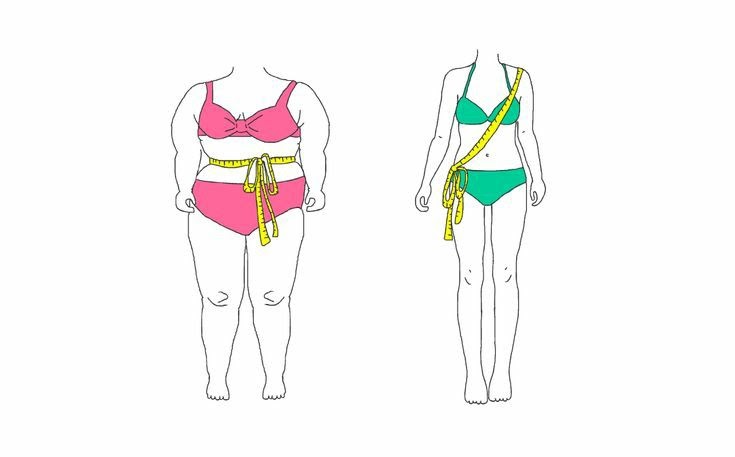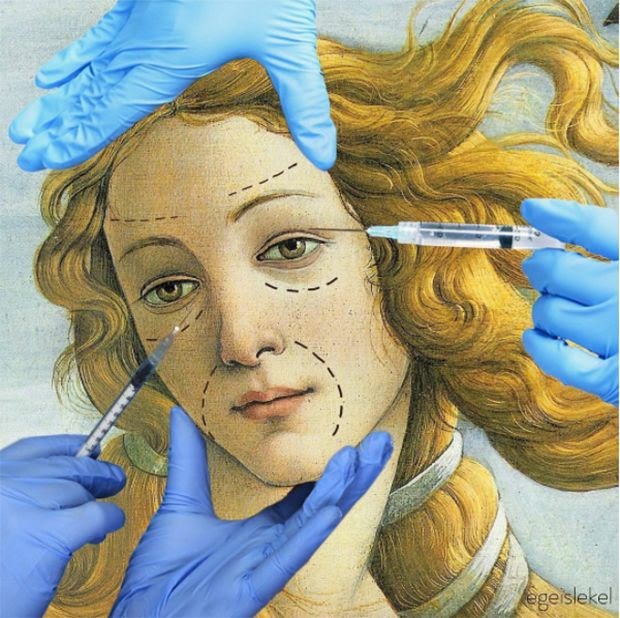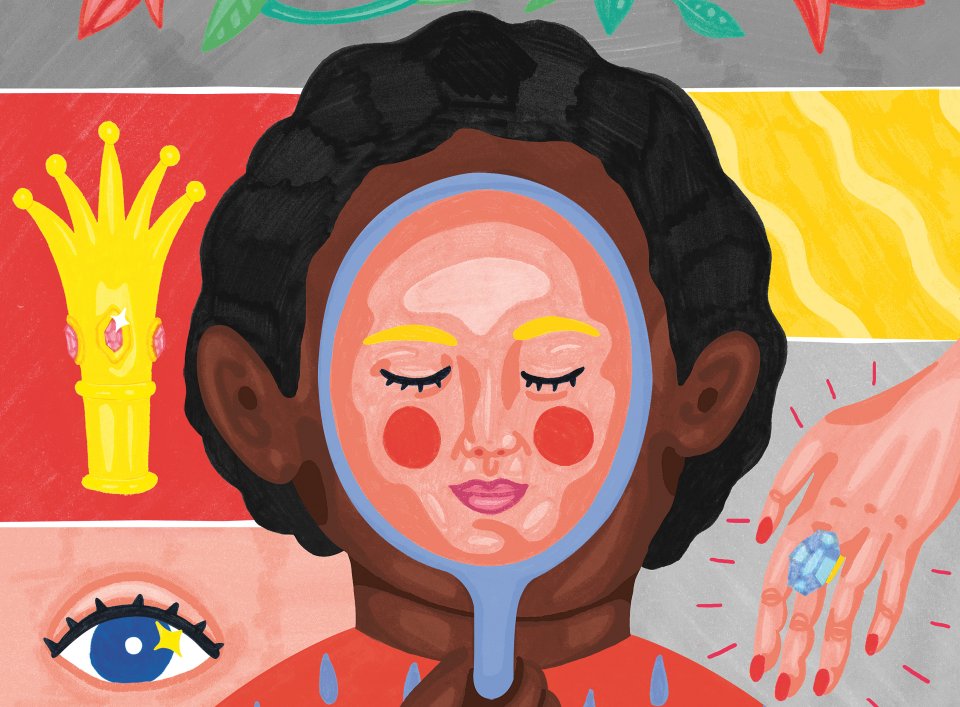The standard of beauty is produced by patriarchy and capitalism. The more difficult it is to reach this standard, the better for these two, because then we feel insecure with our appearance, we develop low self-esteem, submitting ourselves to aesthetic procedures as well as excessive and unnecessary consumption of a series of products. A conclusion that is practically instantaneous would be the description of the aesthetic qualities currently understood and extolled as beautiful, explained by the physical attributes of individuals considered beautiful by society in general, constantly conveyed by the media.

Historically, we have records that men have always set a standard of beauty to be appreciated, from times when they appreciated fatter women because they represented plenty, until the 2000s (and a little before) when the standard of beauty was a very thin one, for being seen as elegant and versatile, a fact that has alarmed the cases of bulimia and anorexia (which still make up huge rates), which occur mainly in young girls.

Therefore, we deduce that determining these standards of beauty is historical and changes over time, but the question is to understand the consequences that the imposition of these standards can bring to people’s lives.
As we live in a capitalist society, obtaining profit often becomes a priority, thus coming above the happiness of people (and animals).This is because cosmetic companies make money on the low self-esteem of women that is manufactured by themselves; Plastic and aesthetic surgery clinics profit from the dissatisfaction of people who do not meet the imposed standards, and clothing and shoe companies profit from our consumption thirst because our society values appearance. So, when buying, we have the false idea of happiness, which is momentary and fleeting, but beauty itself keeps us alive, or rather, seeing beauty. It was through what our ancestors considered ugly or beautiful (huge animals, small insects, dangerous flowers, colorful fruits) that they survived, they identified what they could or could not eat, what killed and what was harmless… And, a more recent example, decorated hospitals usually release people suffering from pain earlier.
So, the standard of beauty is not something modern, it has actually been around since society was organized into groups, but it always changes according to priority, better known as wealth. The standard of beauty has always had a direct or indirect connection with the demonstration of power and status, consciously and unconsciously. In antiquity, the most important thing was to survive, so historians, based on the sculptures found, concluded that the women considered the most beautiful were the fattest, because it meant that they had more resources and food at the time it was not easy, just like in the Industrial Revolution. The Asian beauty standard, in a part of the continent, is to be extremely white, because the most working population mainly was engaged in agriculture, so if you weren’t tanned at all, it would be indicative of wealth. Meanwhile in the West, if you’re brawny, it means you have the time and money to attend the gym.

Young people are more influenceable than adults, so the media turns all its resources to them, causing them to increase their desire to consume, to buy and want those clothes, shoes, haircuts or styles that are trendy at the moment, a way to feel valid or cool.
When we introduced the term beauty in the definition of the phenomenon to be studied, the concept started to constitute a new problem. What beauty are we referring to? We should be taught to first value health, physical and mental, and prioritize self-acceptance.

